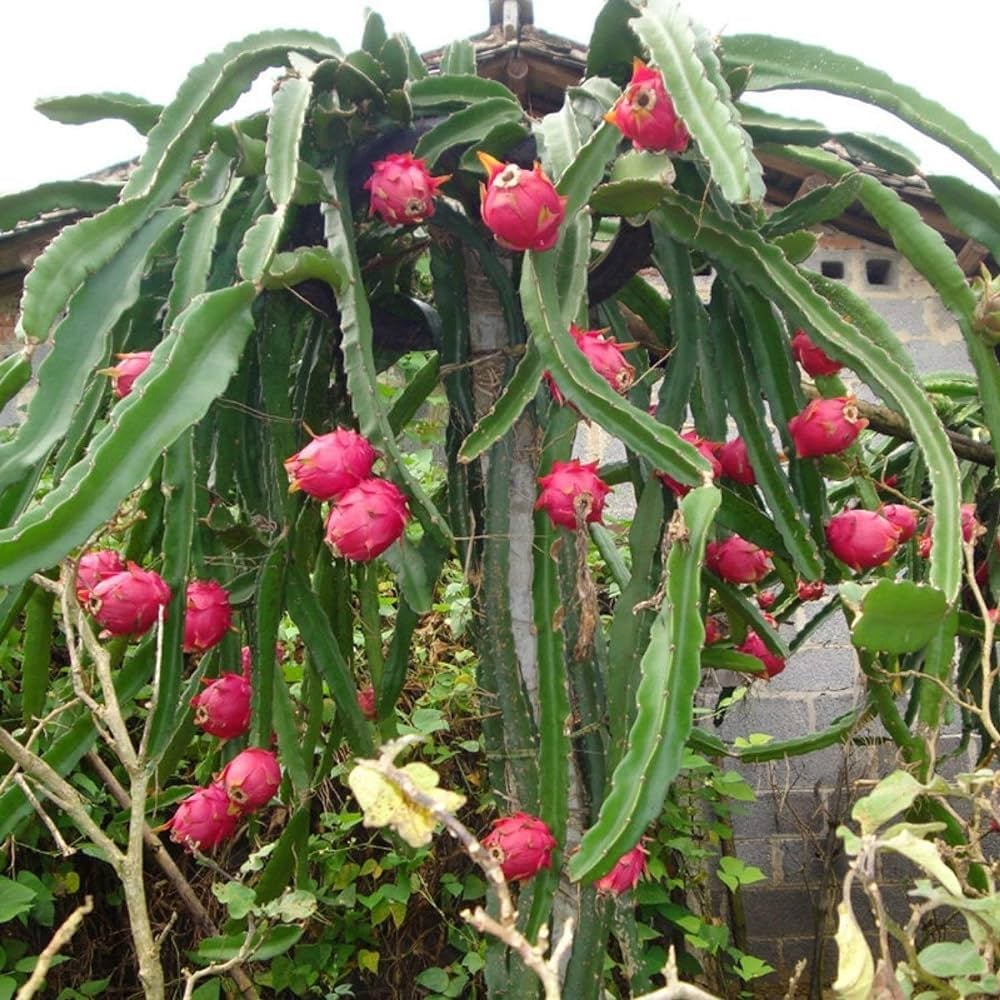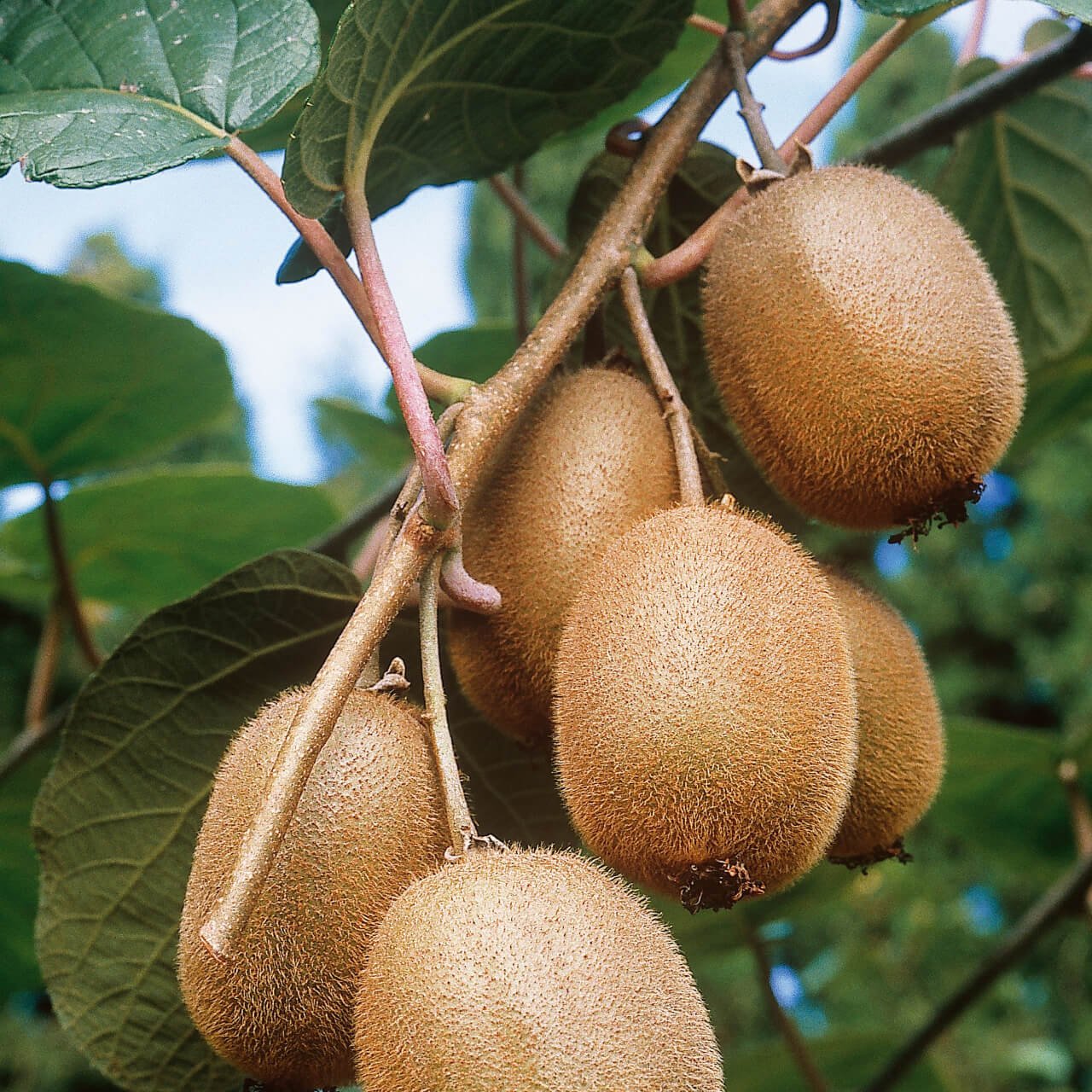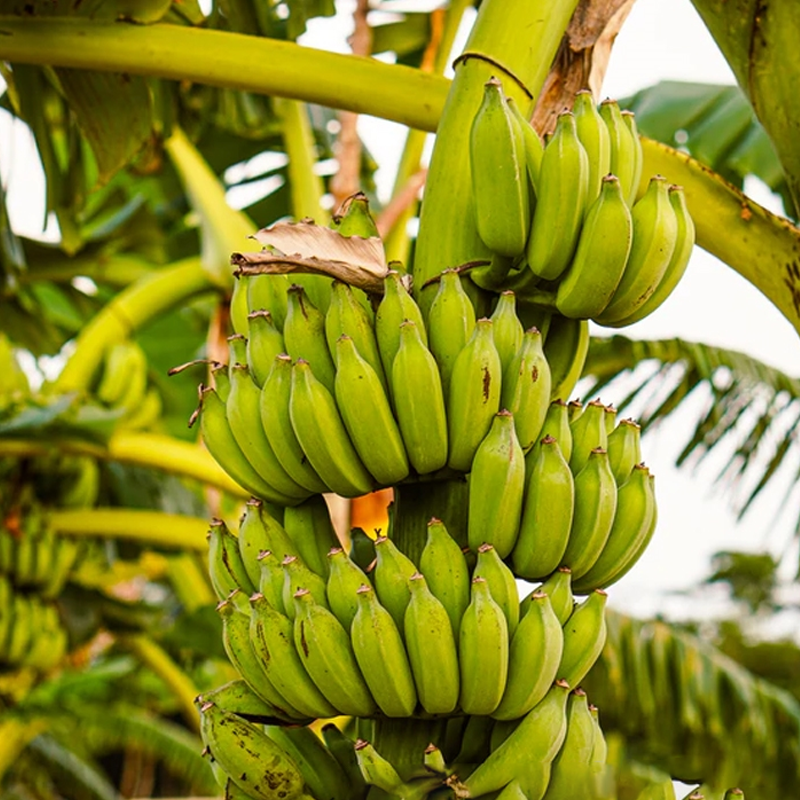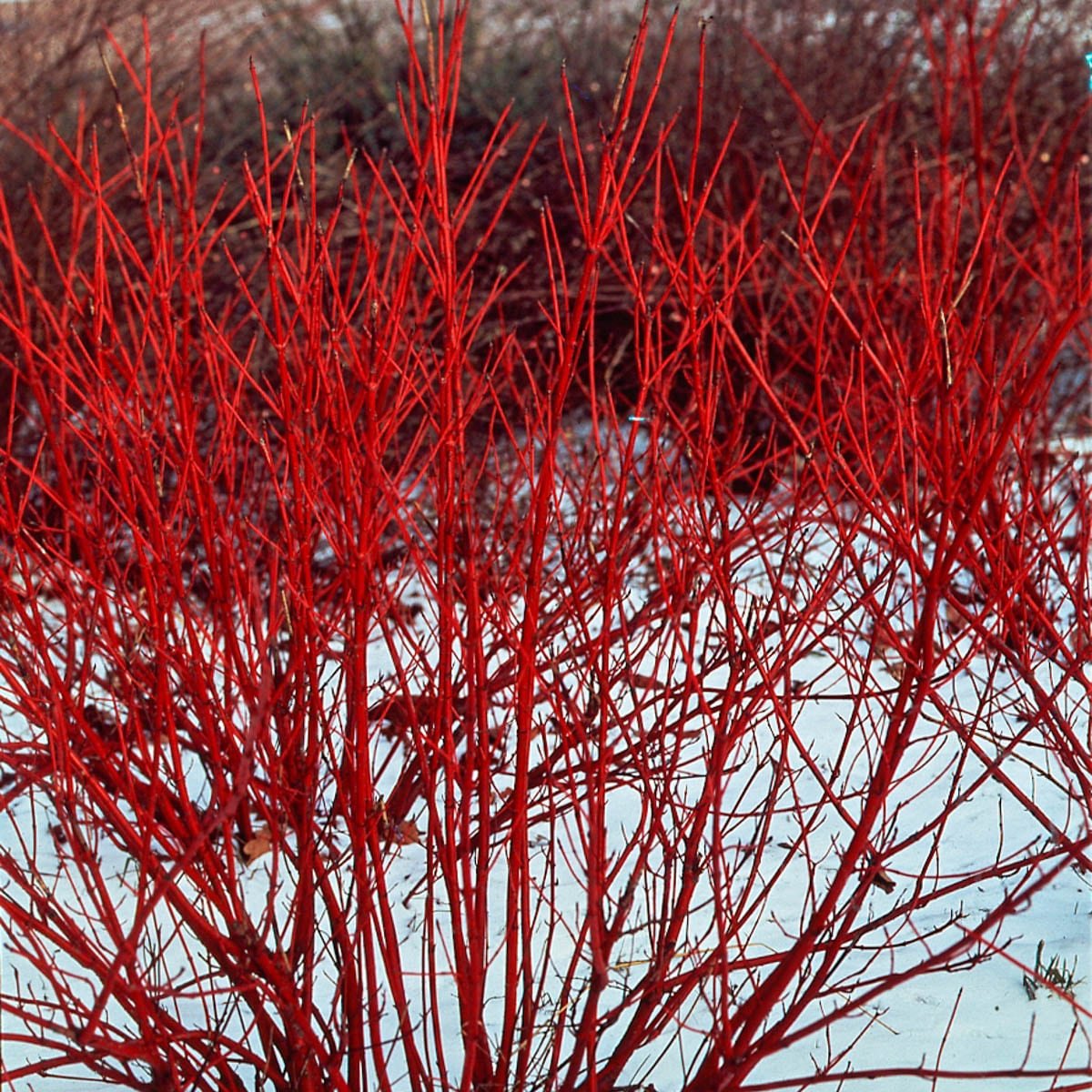
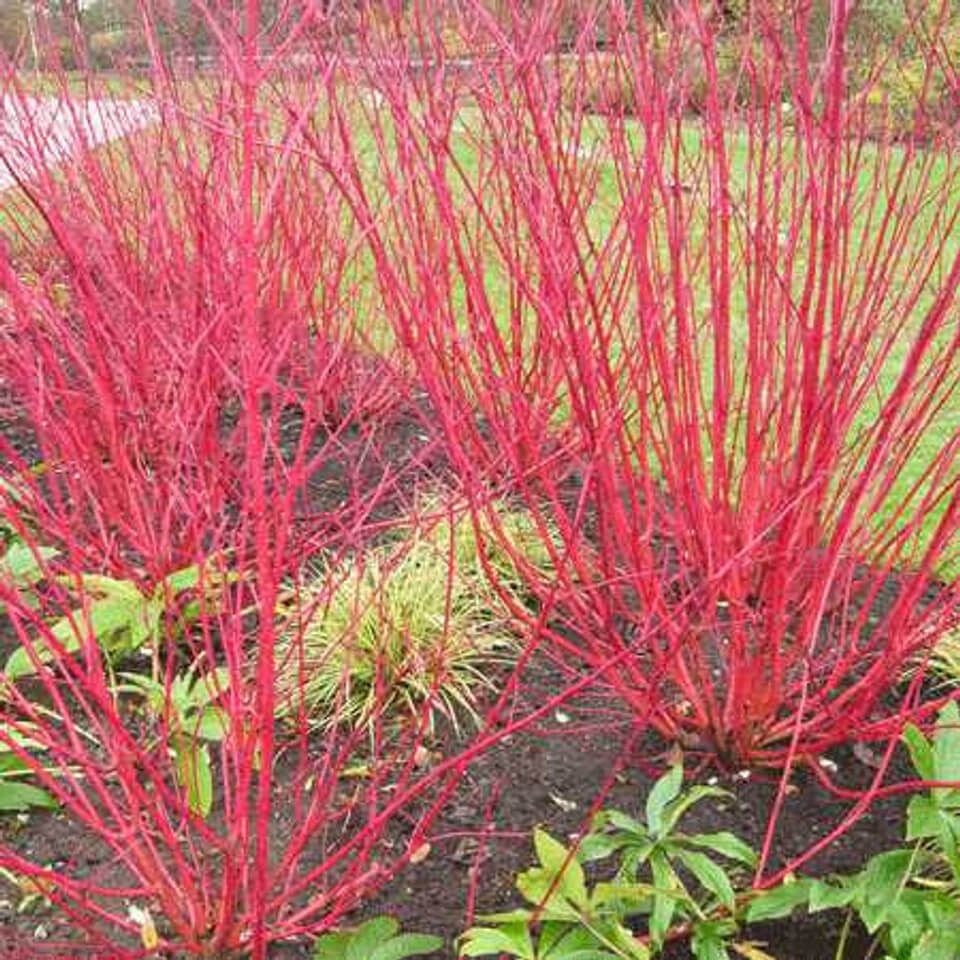


Red Osier Dogwood
Vibrant red stems in winter
Attracts birds with berries
Beautiful white spring blooms
Thrives in
ZONE 3ZONE 4ZONE 5ZONE 6ZONE 7ZONE 8This plant ships:
Ships November 20251 Year Guarantee on all plants
Red Osier Dogwood - Cornus Sericea
Red Osier Dogwood has stunning stems. These brilliant scarlet branches stand out against the white backdrop of snow, creating a visually appealing contrast that adds interest to the landscape. Additionally, the shrub's deciduous foliage turns a rich burgundy in the fall, contributing to the seasonal variety and enhancing the overall appeal of the landscape.
Its, sometimes called scarlet twig rather than osier, is a deciduous shrub that stands out for its distinct coloring, prominent size, and much more. If you're looking to vary the look of your space and incorporate something different that stands out among some of your other plants, this is a beautiful choice. Here's how this shrub can elevate your garden to the next level.
Red Osier Dogwood Adds Color Throughout the Year
It is a uniquely colorful shrub with something to offer your garden throughout the year. In the early summer, small bunches of white flowers bloom and add a touch of delicate beauty to your space. After blooming, this shrub produces white berries and leaves that start to turn with the seasons. When everything falls off the shrub, it reveals the vibrant crimson branches underneath, providing color throughout the year.
Red Osier Dogwood Attracts Rare Wildlife and Pollinators
Both the flowers and the berries of this shrub serve as food sources for butterfly larvae, songbirds, and bees. Not only will these be a joy to see flittering and floating about your garden, but they also pollinate the flowers of this shrub and surrounding plants.
There are some areas of our yard where we need help growing most plants. But is that an issue with this shrub? It actually loves moisture, making it more well-suited for areas of your property where other things may not take. Better yet, it proliferates and is relatively hardy. These shrubs can reach a towering six to nine feet tall and wide, so they'll make themselves known once they've established themselves in your yard.
This Shrub Helps With Soil Erosion
It spreads fast, which can be beneficial if you're growing it in areas where the spreading root systems can take hold and reduce the soil erosion your space would otherwise encounter. If you're tired of looking at roots, these shrubs may also reduce the amount of weed growth in the area. It's a bonus as you see beautiful shrubs yearly and benefit from weedless, healthy soil.
Where does it grow well?
It grows best in acidic to neutral, moist, well-drained soils and prefers full to partial sun. This plant species originates from North America; it is preferable in zones 2-8; its natural habitat includes swamps, river edges, and the forest.
Is it a woody plant?
Indeed, it is also a type of woody plant, mainly a shrub that has scarlet stems throughout the winter season. It prefers a humid climate and is a deciduous plant with a growth habit that can spread to 6-9 feet tall if left uncontrolled by pruning.
How can you keep it small?
It needs hard pruning, and this should be done when the plant is still small, preferably at the beginning of winter or at the end of spring. Cut off older and larger branches to increase branching and density and retain a bright scarlet foliage color.
How quickly does it grow?
It is a fast-growing shrub that may grow up to one to two feet per year under ideal conditions. It grows fast in any kind of terrain, becoming an excellent plant for hedges and erosion prevention.
How do you harvest it?
Red Osier Dogwood stems are to be harvested in fall or winter because that is when these stems are most colorful. When pruning, use sharp pruning shears and choose healthy stems for cutting, ornamental, or for propagation.
This Is How Your Plants Will Look upon Delivery

Bloom Season
Spring
Bloom/Foliage Color
White
Height at Maturity
Under 10 Feet
Care
Red Osier Dogwood thrives in moist, well-drained soil. It is trimmed in late winter to keep its shape and clear dead or damaged branches. Mulch to retain moisture and protect roots. This plant is also tolerant of occasional flooding.
Plant Reproduction
Red Osier Dogwood spreads through stolons and root suckers.
Plant bare-root shrubs during the more excellent spring or fall months, from November through April. Dig a hole twice as wide as the root system and slightly more profound than its height. Position the shrub so that the top of the roots is level with the ground, and put back the soil dug over the roots. Apply a 2-3 inch layer of mulch around the base to retain moisture and suppress weeds, ensuring the mulch does not touch the shrub's stem. Water regularly, especially during the first year, to establish strong roots. Prune shrubs as needed to promote healthy growth. In the spring, fertilize with a balanced, slow-release fertilizer suited to the specific needs of the shrub.
Shipping date depends on the date displayed and chosen when you order from the product's page.
We only accept returns on plants verified dead. If you think your plants have died, we offer a 1 year warranty, please use this File a Claim Link to verify dead plants and start with return warranty process.





-(1).png?v=1722344082193&em-origin=cdn.accentuate.io&em-format=auto)
Striking Red Stems:
Its vivid red stems provide a bold visual contrast, especially in winter, brightening up your garden all year round.
Attractive to Wildlife:
This plant attracts birds and beneficial insects, enhancing the ecological value of your garden.
Versatile Landscaping:
Its adaptable nature makes it suitable for various garden styles, from formal to naturalistic landscapes.
Low Maintenance:
The Red Osier Dogwood is easy to care for, requiring minimal pruning while providing a robust and attractive presence in your garden.
Caring Tips
How do I care for my Red Osier Dogwood?
Each box contains detailed care instructions and information about your product. But here's the basics.
Care Tips
Red Osier Dogwood thrives in moist, well-drained soil. It is trimmed in late winter to keep its shape and clear dead or damaged branches. Mulch to retain moisture and protect roots. This plant is also tolerant of occasional flooding.
Light Requirements
Red Osier Dogwood flourishes in full sun to part shade. It favors at least 4 hours of total daylight daily but can handle some shade, especially in hot climates. Full sun enhances its vibrant red stems and overall health.
Hardy Planting Zones
3 • 4 • 5 • 6 • 7 • 8
Header
Use this content to share information about your store and products.
Frequently Asked Questions
How often should I water my plants?
How do I know if my plant is getting too much or too little sunlight?
What should I do to prepare my plants for winter?
What are the signs that my plant needs fertilizing?
How can I prevent pests from damaging my plants?
How do I choose the right plant for my climate zone?




